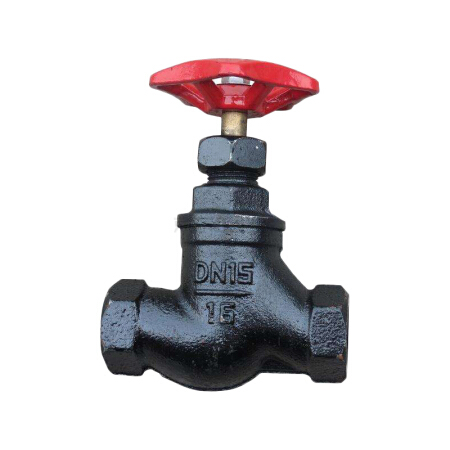Exploring the Functionality and Applications of Half-Inch Needle Valves in Fluid Control Systems
Understanding Needle Valves The 1/2-Inch Variation
Needle valves are crucial components in various fluid control applications, allowing for precise regulation of flow rates. Among the diverse types of valves available, the 1/2-inch needle valve is particularly notable for its versatility and efficiency. This article explores the design, functionality, applications, and benefits of 1/2-inch needle valves.
Design and Structure
A needle valve is characterized by its slender, tapered needle-like seat, which provides fine control over the flow of liquids and gases. The 1/2-inch designation refers to the valve's nominal size, indicating the diameter of the pipe it is designed to fit. Typically, these valves are constructed from durable materials such as brass, stainless steel, or plastic, depending on the specific requirements of the application, such as temperature, pressure, and chemical compatibility.
The basic structure of a 1/2-inch needle valve includes a body, a tapered needle, a suitable seat, and a handle for manual operation. The handle allows the operator to turn the needle against the seat, either opening or closing the flow path. The precision design of the needle and seat interface minimizes turbulence and ensures a smooth flow of the medium.
Functionality
Needle valves are designed to provide accurate control over fluid flow. Unlike standard gate or ball valves, which are better suited for on/off functions, needle valves excel in applications requiring gradual adjustments. The threading on the valve stem allows for minute adjustments to the position of the needle, enabling operators to control flow with great precision. This makes them ideal for applications where precise flow control is essential, such as in laboratories, chemical processing plants, and intricate irrigation systems.
The 1/2-inch size is particularly beneficial for moderate flow rates. It strikes a balance between being compact and providing sufficient capacity to manage flow in a wide range of applications. Many industries utilize 1/2-inch needle valves due to their responsiveness and precision in flow control.
Applications
needle valve 1/2

1/2-inch needle valves find extensive application in various fields
- Chemical Processing In chemical industries, controlling the flow of reactants and products is crucial. Needle valves provide the precision needed to manage these flows effectively, minimizing waste and optimizing reactions.
- HVAC Systems In heating, ventilation, and air conditioning systems, needle valves are used to control the flow of refrigerants or water, ensuring efficient operation of the system and maintaining desired temperature levels.
- Laboratories In laboratory environments, needle valves are often used in gas chromatography, liquid chromatography, and other experiments that require meticulous flow control of gases or liquids.
- Irrigation In agricultural practices, needle valves help manage water delivery systems, allowing for precise watering of crops and conservation of resources.
Benefits
The benefits of using a 1/2-inch needle valve are numerous. First and foremost is its ability to provide precise control over flow, making it suitable for sensitive applications. The relatively small size allows for easy integration into existing systems without demanding substantial space or modifications. Furthermore, the materials used in their construction often provide excellent durability and resistance to corrosion, ensuring a long service life even in harsh environments.
In conclusion, 1/2-inch needle valves are invaluable in various industries requiring precise flow control. Their unique design, functionality, and versatility make them a popular choice among engineers and operators alike. Whether in chemical processing, HVAC, laboratories, or agriculture, these valves contribute significantly to operational efficiency and effectiveness. Understanding their features and applications can greatly enhance one's ability to select the appropriate valve for any specific needs.
-
The Key to Fluid Control: Exploring the Advantages of Ball Valves in Industrial SystemsNewsJul.09,2025
-
The Versatile World of 1, 2, and 3 Piece Ball ValvesNewsJul.09,2025
-
Stainless Steel Ball Valves: The Ideal Choice for Efficient Flow ControlNewsJul.09,2025
-
Optimizing Fluid Control with Ball Float ValvesNewsJul.09,2025
-
Manual Gate Valves: Essential for Control and EfficiencyNewsJul.09,2025
-
Everything You Need to Know About Butterfly ValvesNewsJul.09,2025
-
The Versatility of Wafer Type Butterfly ValvesNewsJul.08,2025




